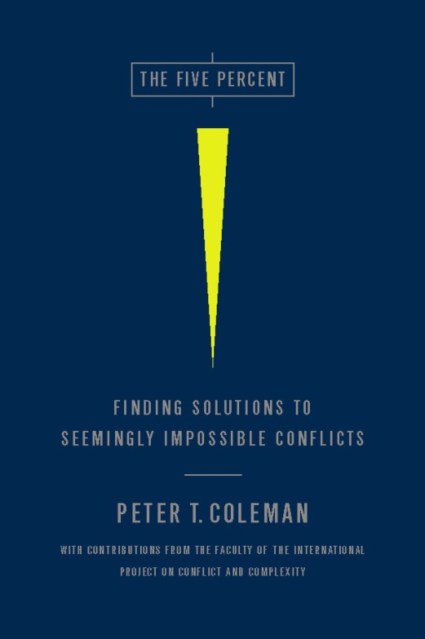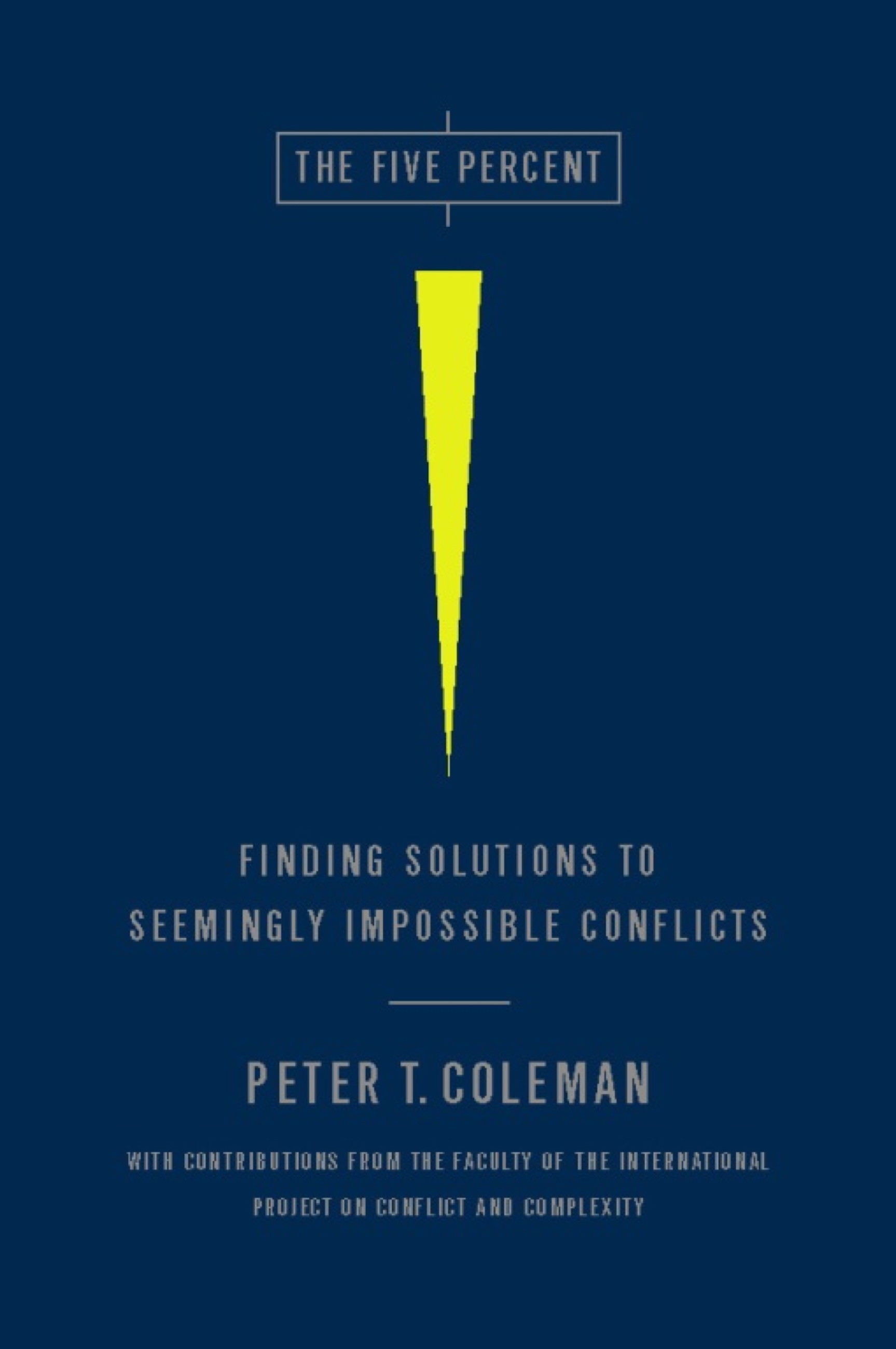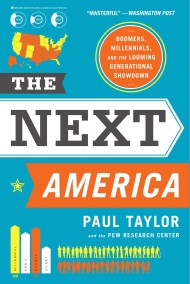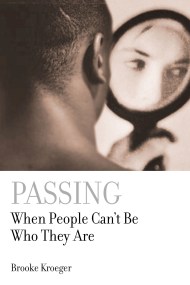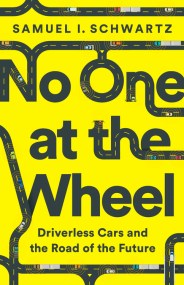Promotion
Use code MOM24 for 20% off site wide + free shipping over $45
The Five Percent
Finding Solutions to Seemingly Impossible Conflicts
Contributors
Formats and Prices
Price
$18.99Price
$24.99 CADFormat
Format:
- ebook $18.99 $24.99 CAD
- Hardcover $36.00 $46.00 CAD
This item is a preorder. Your payment method will be charged immediately, and the product is expected to ship on or around May 3, 2011. This date is subject to change due to shipping delays beyond our control.
Also available from:
So what can we do when we find ourselves ensnared? According to Dr. Peter T. Coleman, the solution is in seeing our conflict anew. Applying lessons from complexity theory to examples from both American domestic politics and international diplomacy — from abortion debates to the enmity between Israelis and Palestinians — Coleman provides innovative new strategies for dealing with intractable disputes. A timely, paradigm-shifting look at conflict, The Five Percent is an invaluable guide to preventing even the most fractious negotiations from foundering.
Genre:
- On Sale
- May 3, 2011
- Page Count
- 288 pages
- Publisher
- PublicAffairs
- ISBN-13
- 9781586489229
Newsletter Signup
By clicking ‘Sign Up,’ I acknowledge that I have read and agree to Hachette Book Group’s Privacy Policy and Terms of Use
